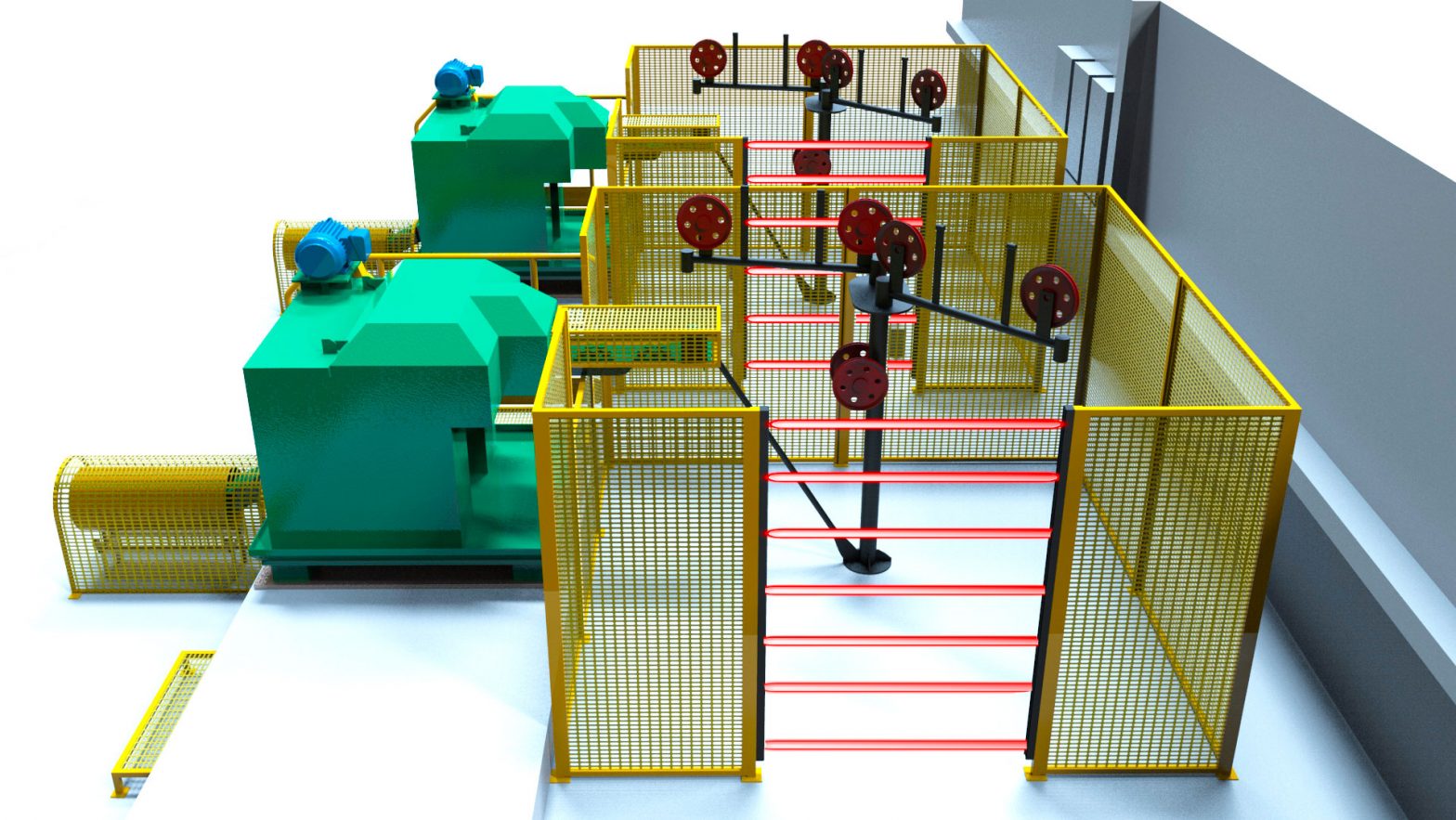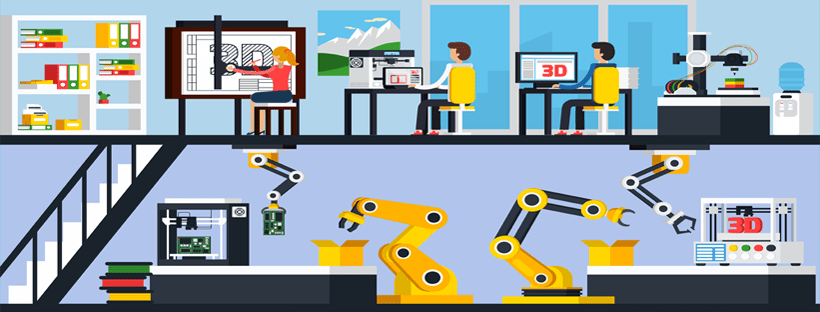Having your parts selected by designers is everything a manufacturer dreams of! But how can this happen?
For
maximum clarity in this article, I will go back to the past to describe how it
all used to be and to explain this view even for those who were not working in
design at that time.
Learning about CAD
In
the early 1990s, as a mechanical engineering student, I came across CAD
(computer-aided design). It was for a program that could facilitate the design
of a centrifugal pump rotor, which was an assignment in my hydraulic machinery
course. I was amazed at the CAD features. Use of that tool for drawing was a
feature that caught my attention, because up to that point I only had a drawing
board, paper, pencil, T-square, compass, set square and the like for my
drawings. It was my first major step forward in the project setting!
The 3D universe
Excited
with CAD and always looking to improve so that I might spend more time
designing solutions that were simpler and faster to manufacture, I came across
CAD 3D in 2003. I immediately understood the benefits I would have with that
tool in my hands, and I began to investigate existing options in the market and
the hardware resources they required. By
mid-2004, I was involved in intensive training with my reseller, where I had
just acquired my first license for 3D CAD software. This was certainly my
second major step as a designer!
The parts library
In an
Internet search after 2 years of hard work migrating from 2D to 3D, I found a
company in France that used CDs to supply various 3D parts from different
manufacturers. Amazed at this, I quickly requested a copy, which cost me
nothing in addition to its other benefits! A few weeks later, I received the
package of CDs containing the proficiently diagrammed art. I could not believe
what I saw, and I began to imagine what all this would mean to me. Several
bookshelves filled with often bulky and heavy printed catalogs were swiftly
making room for CDs with 3D CAD models of the parts as well as 2D views for
those still using 2D CAD.
A new perspective opens up
It
was at that moment when I realized that I would be reading technical
information from catalogs in PDF files from that point onward and that, after
selecting the model I needed, I would simply consult the disks I received from
Europe to choose the appropriate 3D CAD file. That was it. All that would
remain at that point would be for me to integrate it into my project. I
instantly realized how much time I would save, since I had been spending hours
consulting printed catalogs to create 3D models of the commercial parts I would
use in my project. Without a doubt, I could see in this process my third major
step forward as a machine designer!
But there is still room for further
improvement…
Good
progress has been made since then, with 3D CAD software becoming easier to use
and offering more features. In the meantime, Internet access has become even
more widespread, with cost savings and increased download and upload
speeds. Why am I telling you this? Frankly, as with any other profession, a
machine designer’s life requires adaptation of our routines and specific
situations. Delivering projects over the weekend to meet deadlines is certainly
still a situation designers often experience.
And there has been improvement!
So
far, so good. But what happens when we need something for our project during
weekends, evenings and all-night work? Remember my European CDs? These were of
course no longer suitable since, using the fast and inexpensive Internet,
manufacturers and distributors were placing their CAD configurators and parts
libraries online 24 hours per day, 7 days per week. Another leap forward,
keeping up with current technology and knowledge!
Designers who create and manufacturers
that innovate!
Today
we have access to much that has evolved in the machine design business, and we
designers can finally think about developing better products. But parallel to
this evolution is the innovation of manufacturers who are changing every day,
focused on providing us with even more resources. Today, besides supplying us
with 3D CAD models of the parts they manufacture, they offer us options to
submit our quotations and even make purchases via their websites.
A win-win relationship
With
rich and well-organized content created to meet the demands of machine
designers, manufacturers provide virtually all necessary information online.
Where ‘fast’ delivery once took a week or two from specifying a part to quoting
and buying it, all this can now be done in a few minutes. Productivity and
practicality for the designer/buyer and sales at far lower cost to the
manufacturers/sellers, who enjoy 24/7 access to content wherever in the world
they wish to sell their product!
My personal testimonial
In
nearly 30 years’ involvement in developing engineering projects, I always
observed that my clients offered me more than one supplier option to specify
the parts they needed. If a pneumatic cylinder was required in a project, for
example, my clients would send me a vendor list of the manufacturers they
trusted, from which I could specify the cylinder I needed.
Of course, after discovering commercial
parts libraries in 2006, I always used vendors that could make my life as a
machine designer easier by providing me with configurators and ready-made CAD
files of their parts as well as all necessary technical information — without
the need for even a phone call. This also satisfied my clients, who could often
quote or buy with the click of a button and receive finished projects sooner.
A reflection to wrap up…
And
you, fellow designer — are you also seeking manufacturers to make your life
easier? Or are you still working as we did years ago? And are you, the
manufacturer, already assisting us by providing your content in the format we need
(3D CAD and 2D)? Or are you still making excuses regarding innovation and being
selected by us, the designers? This is a good thing for all of us to think
about, since we all need to innovate!


 English
English Deutsch
Deutsch Français
Français Italiano
Italiano Español
Español Português
Português 中文 (中国)
中文 (中国) 日本語
日本語


 23/10/2019
23/10/2019  3D-печать, прототипирование, 3D-сканирование, SEO, Баннерная реклама, Генерация свинца, Кампании по электронной почте, Решения для цифровой рекламы, Социальные сети
3D-печать, прототипирование, 3D-сканирование, SEO, Баннерная реклама, Генерация свинца, Кампании по электронной почте, Решения для цифровой рекламы, Социальные сети 
